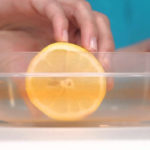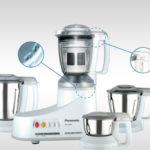How to Properly Use an Electric Kettle
1. Use with the Appropriate Power Source
Using an electric kettle with the correct power source is crucial for ensuring its durability. Manufacturers clearly indicate the voltage level on each product, so it’s important to use a power source that meets this requirement. This not only ensures your safety but also prolongs the lifespan of the kettle by preventing the risk of short circuits and potential accidents.
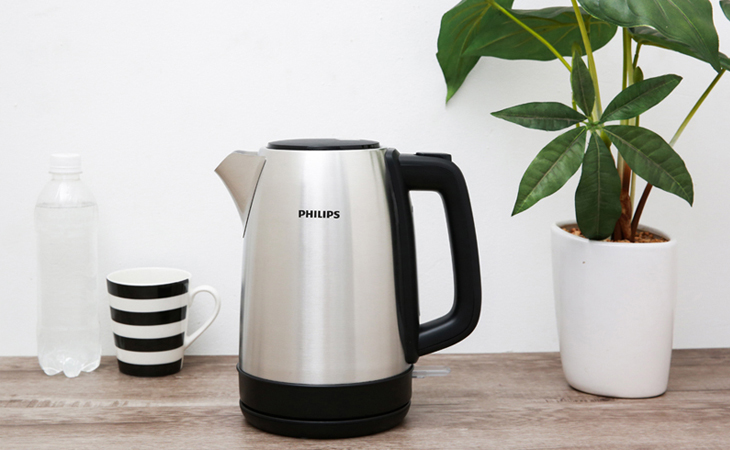
2. Only Use the Kettle for Boiling Water
The electric kettle is designed specifically for boiling water quickly. It’s important not to use the kettle for purposes other than boiling water, such as boiling eggs or cooking ingredients. Using the kettle for other purposes can negatively impact its material and reduce its ability to boil water quickly. It can also affect the quality of the water for subsequent boiling.
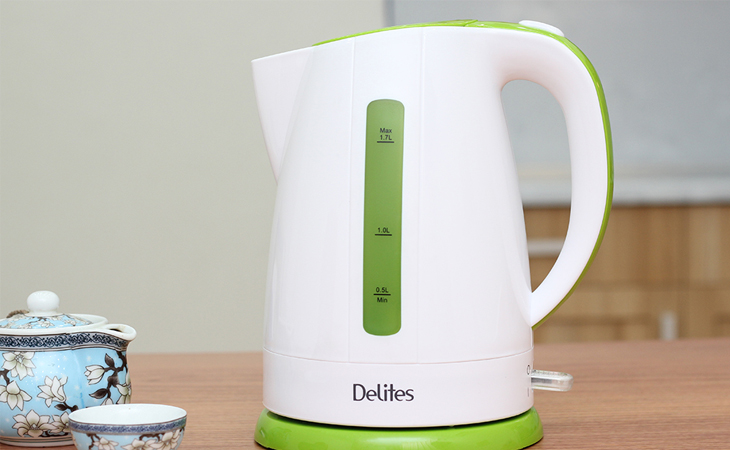
3. Do Not Leave Excess Water in the Kettle for a Long Time
Leaving excess water in the kettle for an extended period can lead to corrosion of internal parts and the buildup of deposits or scale inside the kettle. This not only affects the durability of the kettle but also the quality of the water you consume. It’s important to empty the kettle after each use and avoid leaving water in it for prolonged periods.
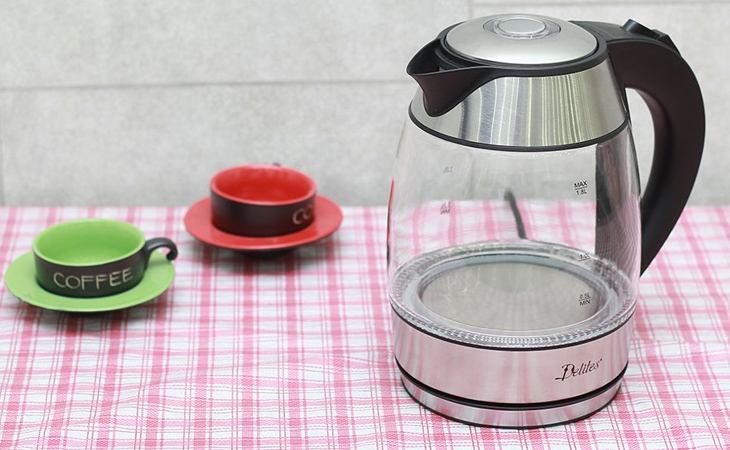
4. Do Not Boil Water Beyond the Limit and Below the Minimum Level
Avoid boiling water below the minimum level or beyond the limit indicated by the kettle. Boiling below the minimum level can cause sediment buildup and affect the quality of the kettle and the boiling water. Boiling water beyond the limit can cause overflow, potential burns, and damage to the kettle or even your home’s power supply. It’s crucial to follow the capacity guidelines provided by the manufacturer.
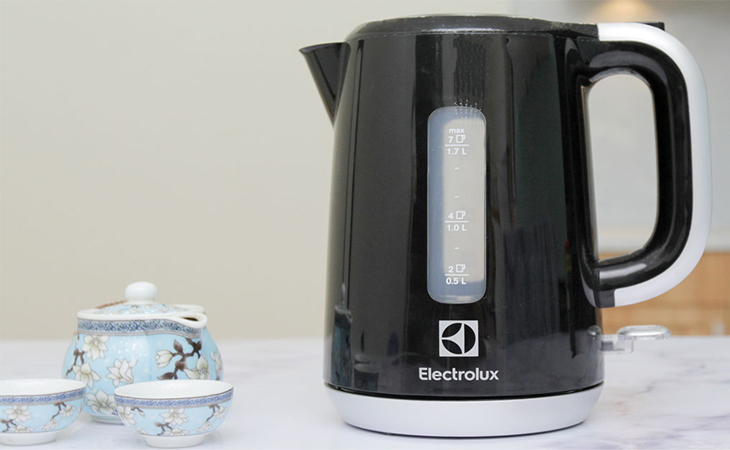
How to Save Electricity with an Electric Kettle
1. Clean the Kettle Regularly
Regular cleaning is essential for maintaining the efficiency of your kettle. Over time, deposits and sediment can accumulate and reduce heat transfer, making the water boil more slowly. This can lead to increased energy consumption and longer boiling times. Make sure to clean your kettle periodically to prevent these issues.

2. Close the Lid Tightly before Boiling Water
Ensuring the lid is tightly closed before boiling water helps to prevent steam from escaping and allows the heat inside the kettle to concentrate, resulting in faster boiling. It also ensures the proper functioning of the automatic power cut-off system. An open lid while boiling can cause water overflow and increase the risk of accidents.
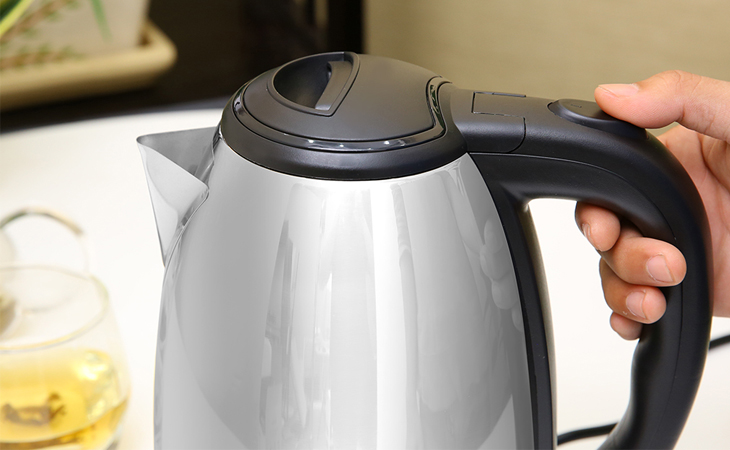
3. Avoid Using the Kettle in a Room with Air Conditioning or a Fan
Using the kettle in a room with low temperatures, such as an air-conditioned room or a room with a fan, can affect its energy consumption and efficiency. Air conditioning reduces the room temperature, causing the kettle to consume more energy to boil water. A fan blowing air disperses the kettle’s heat, resulting in slower boiling. It’s advisable to use the kettle in a room with a moderate temperature.

4. Do Not Boil Water Continuously for a Long Time
Boiling water continuously for a long time can overload the heating element of the kettle, resulting in potential electrical issues such as short circuits and fires. Each time you boil water, the kettle consumes a certain amount of energy, so it’s better to avoid excessive and prolonged boiling sessions.
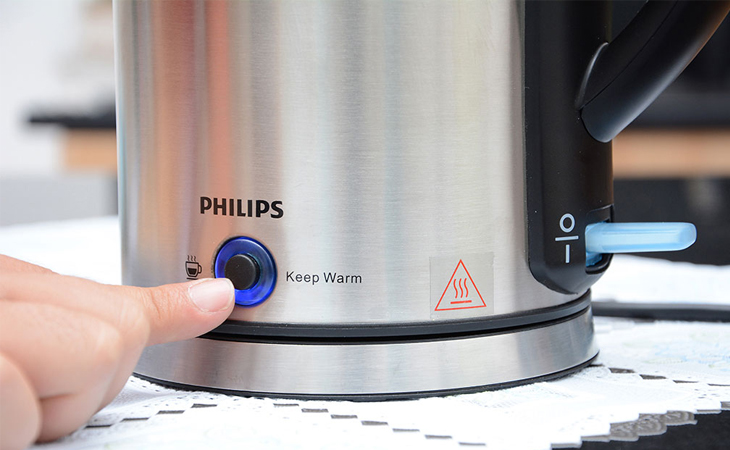
5. Buy a Kettle with a Suitable Capacity
Choosing a kettle with a suitable capacity for your needs is essential for saving energy. If you have fewer family members or are a student or employee, a kettle with a capacity of around 1.8 liters is sufficient. For larger families, it’s advisable to look for kettles with a capacity of 1.8 liters or more.
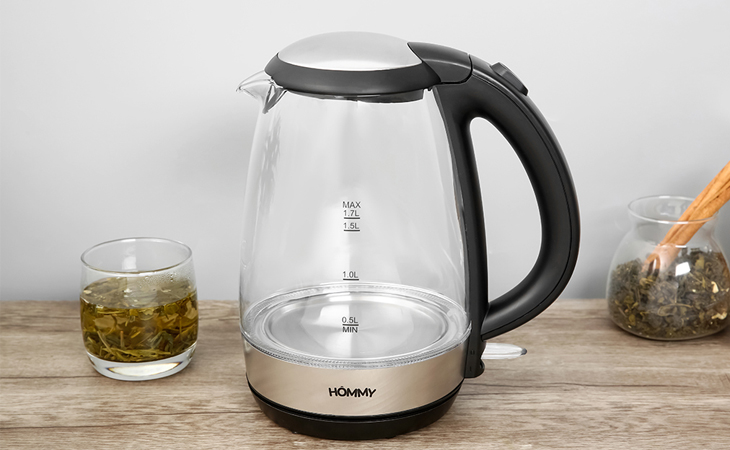
We hope these tips on how to use an electric kettle properly and save energy were helpful. If you have any further questions, please feel free to leave a comment below!


























